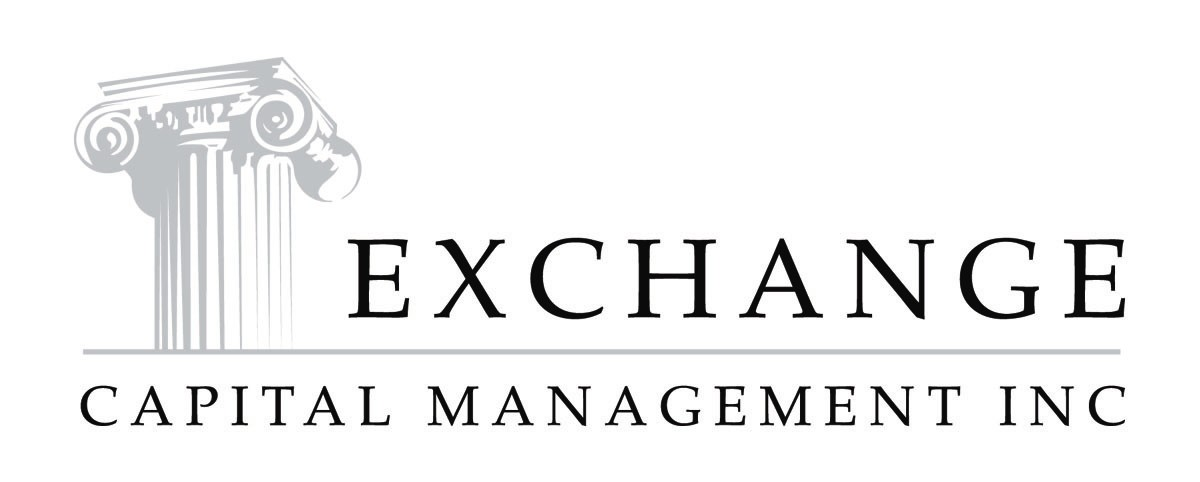Navigating Michigan's No-Fault Insurance Reform
%20-%20PNG%20-%208-17-2020.png?width=1600&name=Image%20-%20Blog%20Image%20-%20Mike%20-%20MI%20Insurance%20-%20Rollover%20(Colored)%20-%20PNG%20-%208-17-2020.png)
While you were quietly waiting in line for toilet paper and hand sanitizer, a major revision to Michigan’s no-fault auto insurance went into effect on July 2nd. Since 1973, Michigan has required all licensed drivers to purchase auto insurance with unlimited personal injury protection. Since medical costs have also skyrocketed, it's easy to see why Michigan ranks 4th highest in terms of auto insurance costs and 4th highest in terms of drivers who flaunt financial responsibility laws and are uninsured.
Now you have options. That perhaps explains why there’s been an escalating advertising war between competing insurance carriers that’s all centered around “choice”. Whether it’s Liberty Mutual (“Only pay for what you need”), Progressive (“Name your price” tool), or Allstate (“Accident forgiveness” and the “Mayhem” campaigns), the word’s out that Michigan’s 7.1 million licensed drivers are suddenly all up for grabs. Between the trial lawyers, the consumer advocacy groups, and the industry lobbyists, there’s certainly been no shortage of opinion on what you ought to do now that you’ve been blessed with all these new choices.
Because we’ve been fielding a lot of questions lately, I focused my inquiry on what choices make the most sense from a financial planning perspective. Bear in mind this financial planning perspective is built on the assumption the clients we serve are mostly affluent homeowners with annual incomes in excess of $250,000, accumulated portfolio assets greater than $1,000,000, and usually both. This is a significant distinction because I’m knowingly addressing an audience where the affordability of an auto insurance premium simply isn’t going to be the tipping point that spells the difference between riding the bus and driving the Benz.
4 things you need to know now to help guide your decisions:
- Keep your unlimited personal injury protection
- Increase the bodily injury limits to $1,000,000
- Add umbrella coverage with a minimum $1,000,000 limit
- Purchase $1,000,000 limits on both your uninsured motorist and underinsured motorist coverage
When discussing your coverage, make sure you tell your agent you want nothing to do with a policy that requires you to accept the carrier’s “managed care” services in the event of a major accident. You (and your family) will keep your own doctors, thank you very much. Finally, avoid policies that dilute benefits if passenger injuries occur in an accident involving multiple family members. If the agent you work with only represents one company and can't accommodate these coverage specs, you'll want to shop around for a carrier who can.
Is this coverage relatively expensive compared to the low-cost options? You bet it is. For a family of four with two teen drivers the difference can easily amount to more than a thousand dollars each year when compared to the cut-rate policies needed just to renew your license plates. Chances are it will also be a complete waste of money…in which case anything I’ve said thus far will turn out to be horrible financial advice. But if the unimaginable does occur and you or your loved ones are faced with devastating medical costs from a motor vehicle accident they caused or where they were injured, this advice will turn out to be…well, priceless.
Michael Reid, CFA is a Managing Director and Partner at Exchange Capital Management, a fee-only, fiduciary financial planning firm. The opinions expressed in this article are his own.
Comments
Market Knowledge
Read the Blog
Gather insight from some of the industry's top thought leaders on Exchange Capital's team.
Exchange Capital Management, Inc.
110 Miller Ave. First Floor
Ann Arbor, MI 48104
(734) 761-6500
info@exchangecapital.com




